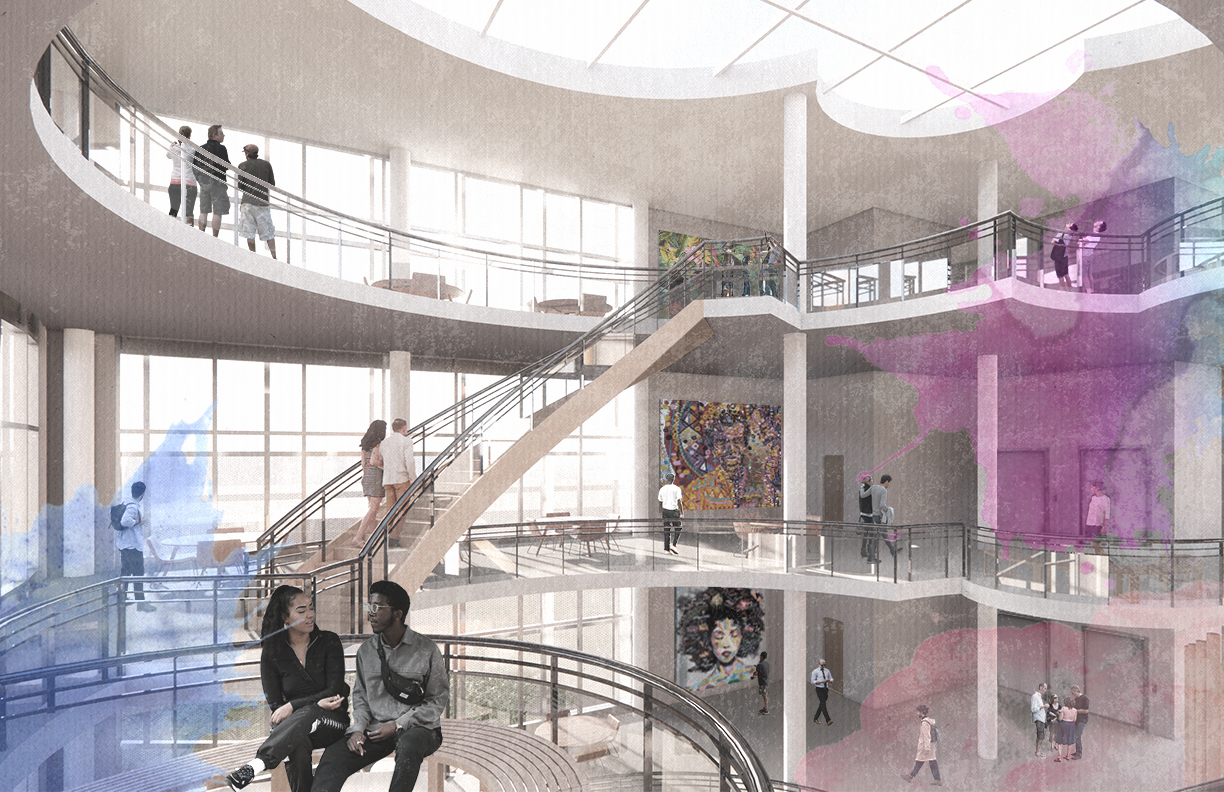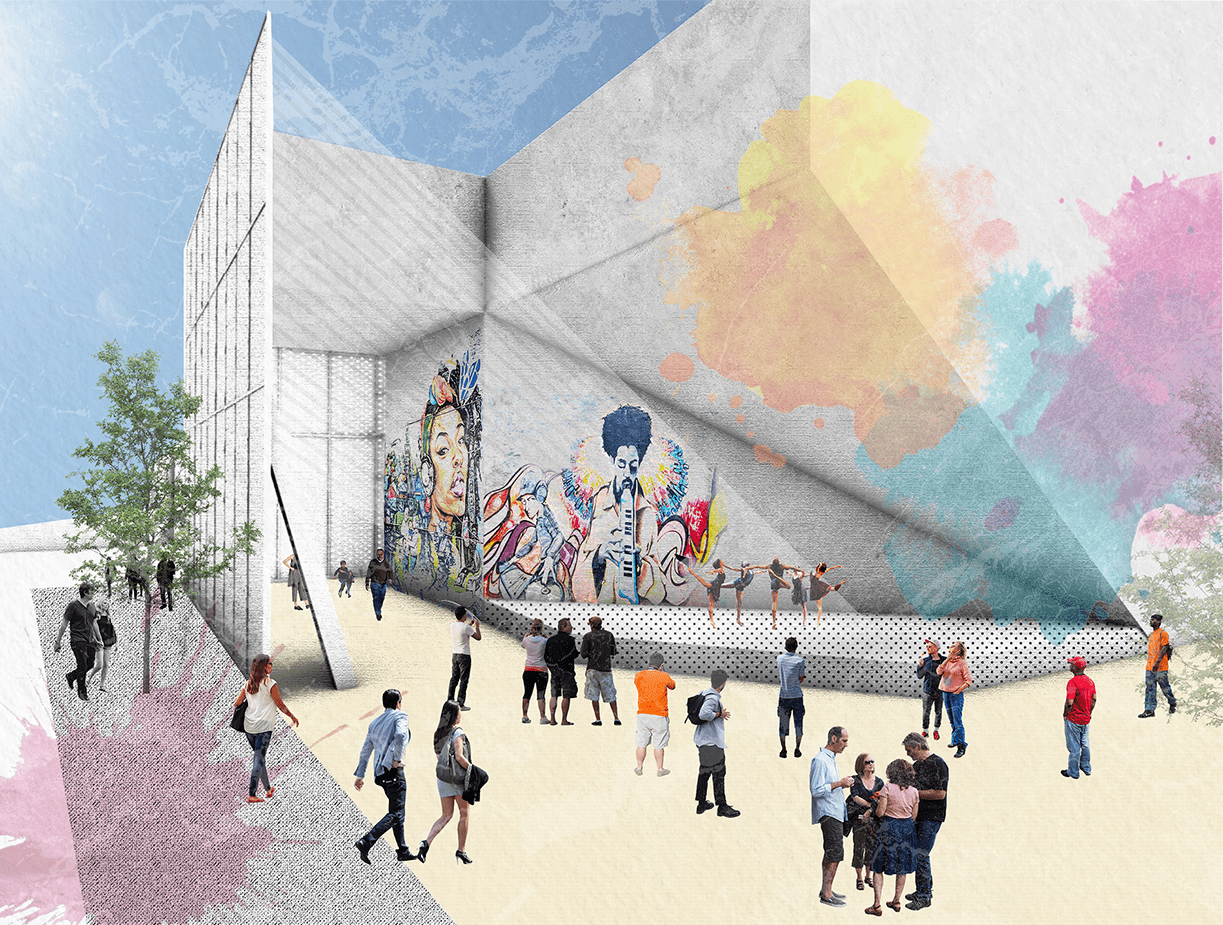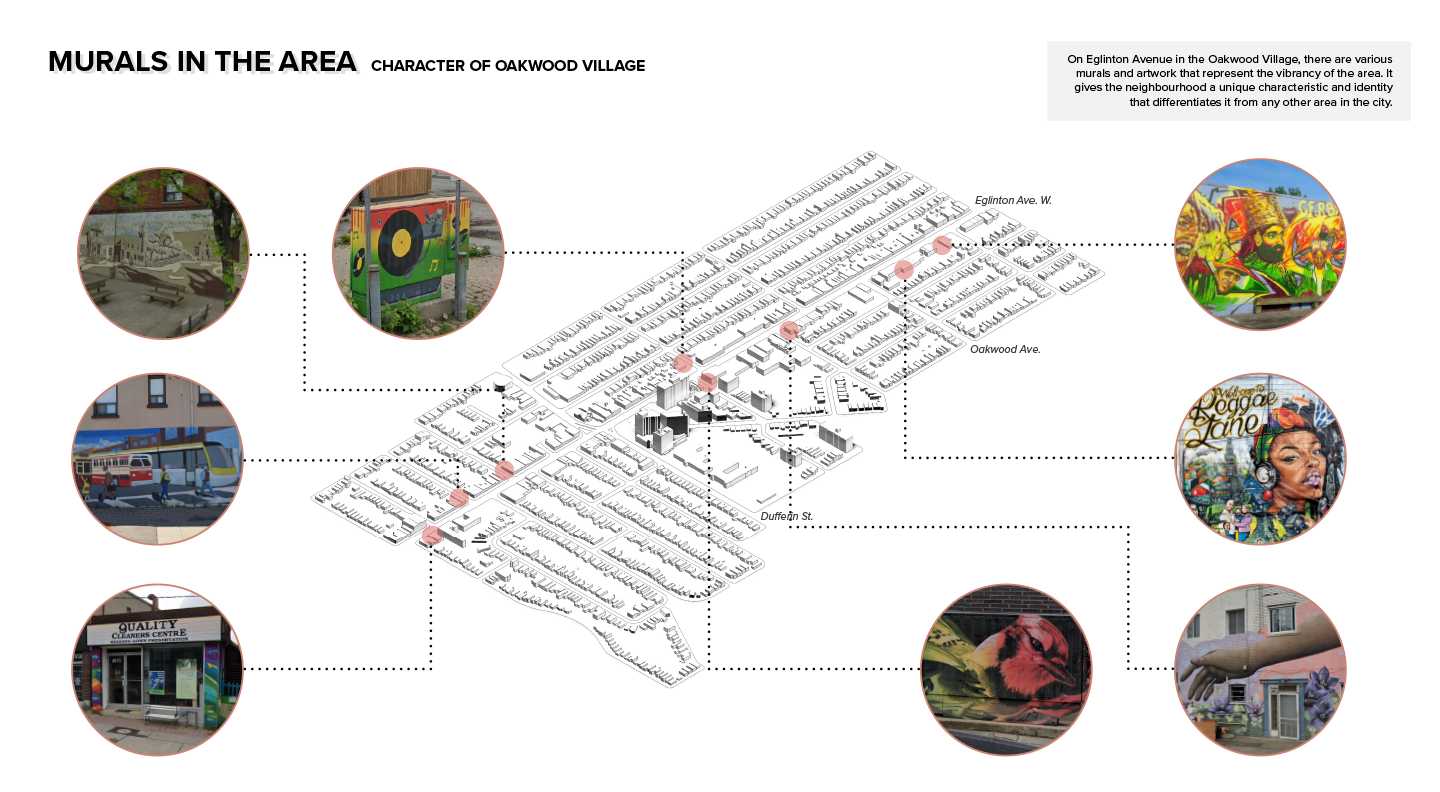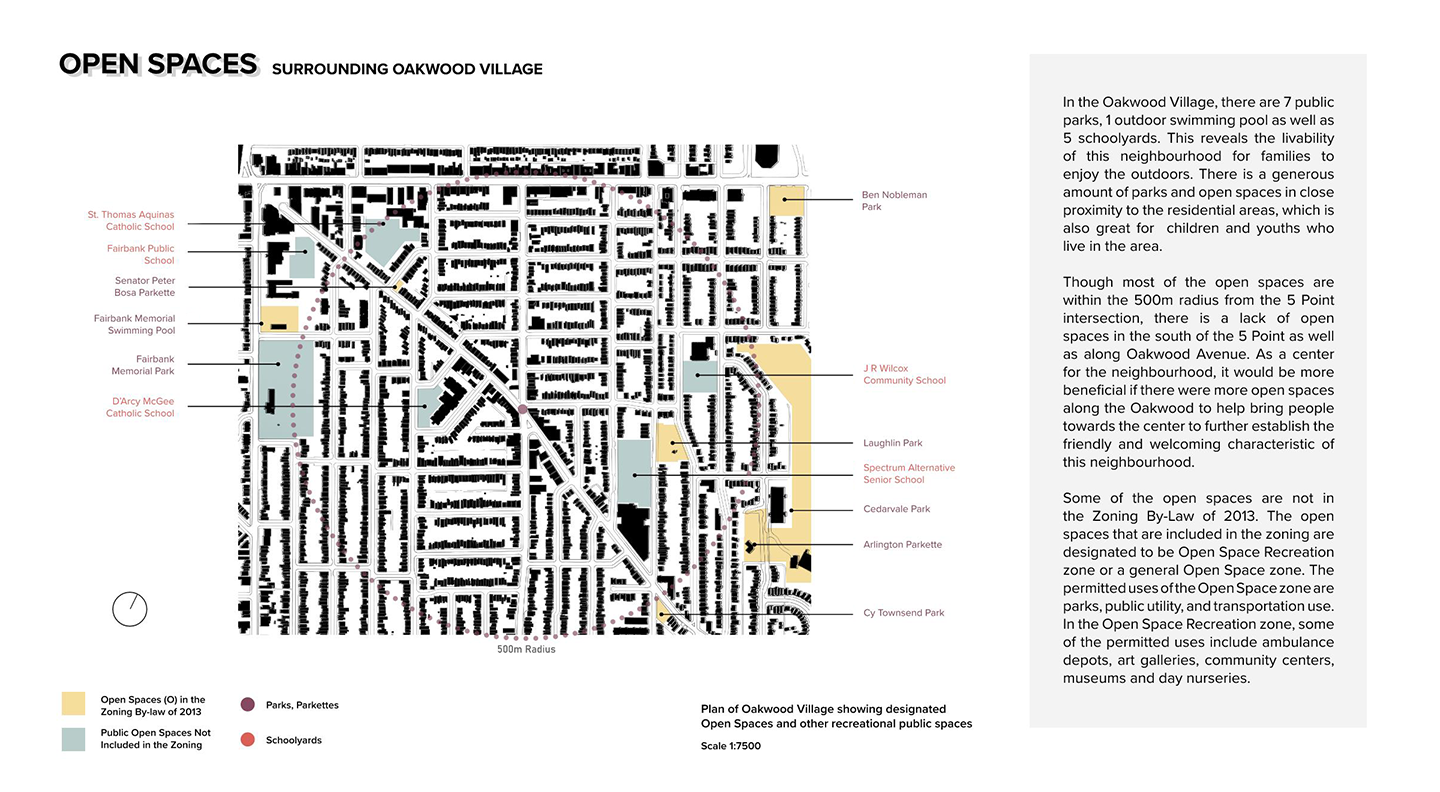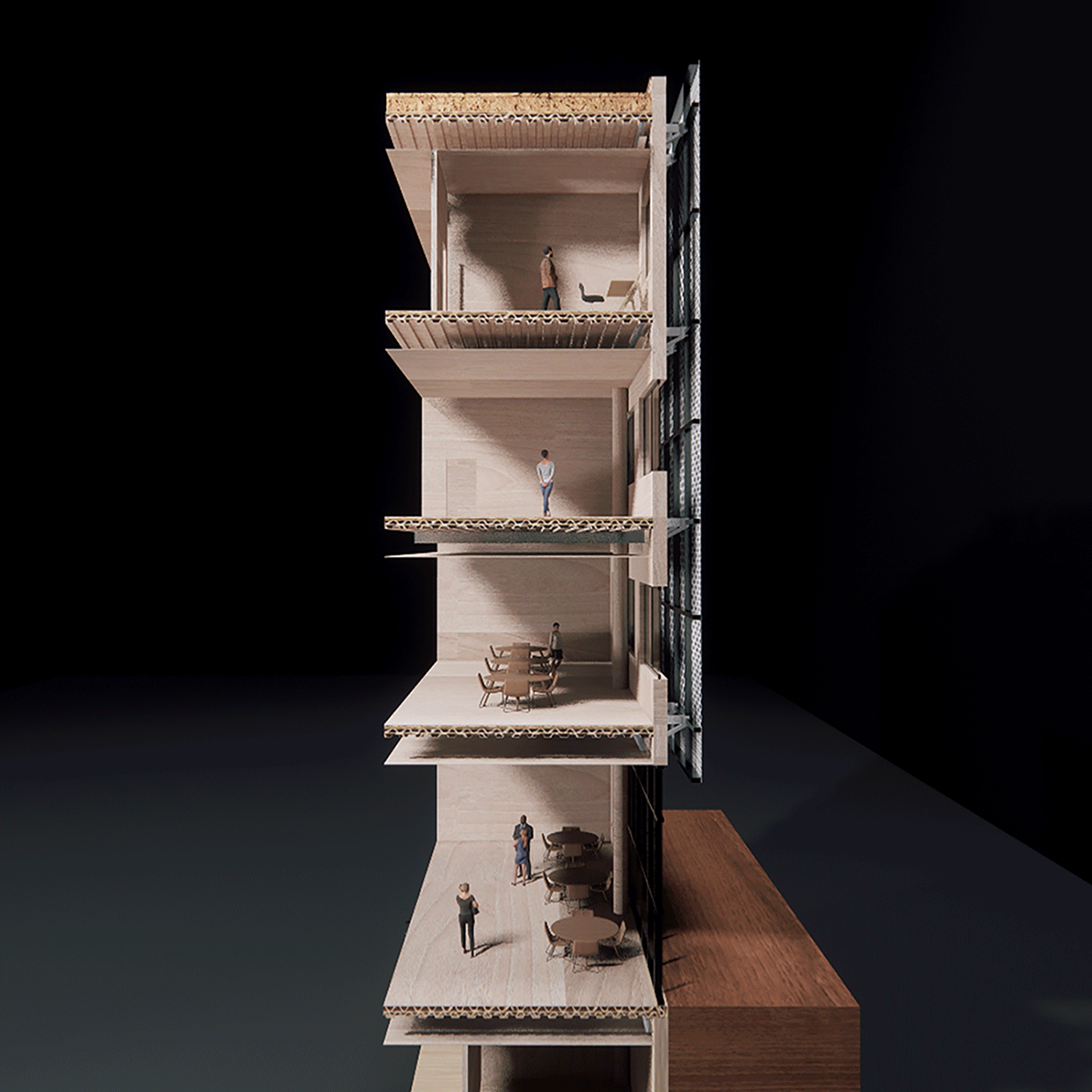UNDERGRADUATE
Emily (Young Eun) Park— Jason Fung Architect Diversity Award![]()
Emily (Young Eun) Park— Jason Fung Architect Diversity Award

About the Award
This award provides some financial support to students who identify as BIPOC and demonstrate commitment to promoting equity and diversity within architectural science or using architectural science to serve and represent BIPOC communities.
It is sometimes easy to forget the significance and impact that architecture has on communities. Architecture is not only meant for clients or the people involved with the practice of architecture; it is for everyone. The role of architecture is to engage with different communities and to provide a safe space, environment, and atmosphere that allows for anyone to feel comfortable during their architectural encounter. Architecture needs to be developed in a way that addresses the current problems of today— like systematic injustice with different cultures and ethnicities—in order for the future of our society to be rooted in equitability and promote diversity among communities.
The NIA Centre for the Arts is a Toronto-based not-for-profit arts centre that supports and promotes artwork created by artists of the African Diaspora. The arts centre plays a role in supporting the BIPOC community and by promoting diversity. The location of the project is in Little Jamaica in the Eglinton West neighbourhood in the York district. A thorough research on the Oakwood Village area has been done alongside a study behind the history of the neighbourhood and the people. This was done to become familiar with the site, be knowledgeable about the background and culture, and to avoid having a lack of sensitivity to the community.
The design intent of the NIA Centre is to provide a place of linkage, connection, and interaction with the people of Oakwood Village. The new NIA Center promotes multicultural exchange and provides users with a continuous view of the building through a series of circular openings in the ceilings and floors, breaking down the spatial separation between floors. This spatial continuity facilitates bringing people and programs together in the building, creating a new cultural and artistic centre intended for the community to feel comfortable and safe, and able to feel the sense of community. The space is intended for the users to freely characterise, depending on the exhibition and the group of artists. The NIA Centre aims to promote diversity within and outside the centre; community linking, cultural exchange and connection can happen anywhere
This award provides some financial support to students who identify as BIPOC and demonstrate commitment to promoting equity and diversity within architectural science or using architectural science to serve and represent BIPOC communities.
It is sometimes easy to forget the significance and impact that architecture has on communities. Architecture is not only meant for clients or the people involved with the practice of architecture; it is for everyone. The role of architecture is to engage with different communities and to provide a safe space, environment, and atmosphere that allows for anyone to feel comfortable during their architectural encounter. Architecture needs to be developed in a way that addresses the current problems of today— like systematic injustice with different cultures and ethnicities—in order for the future of our society to be rooted in equitability and promote diversity among communities.
The NIA Centre for the Arts is a Toronto-based not-for-profit arts centre that supports and promotes artwork created by artists of the African Diaspora. The arts centre plays a role in supporting the BIPOC community and by promoting diversity. The location of the project is in Little Jamaica in the Eglinton West neighbourhood in the York district. A thorough research on the Oakwood Village area has been done alongside a study behind the history of the neighbourhood and the people. This was done to become familiar with the site, be knowledgeable about the background and culture, and to avoid having a lack of sensitivity to the community.
The design intent of the NIA Centre is to provide a place of linkage, connection, and interaction with the people of Oakwood Village. The new NIA Center promotes multicultural exchange and provides users with a continuous view of the building through a series of circular openings in the ceilings and floors, breaking down the spatial separation between floors. This spatial continuity facilitates bringing people and programs together in the building, creating a new cultural and artistic centre intended for the community to feel comfortable and safe, and able to feel the sense of community. The space is intended for the users to freely characterise, depending on the exhibition and the group of artists. The NIA Centre aims to promote diversity within and outside the centre; community linking, cultural exchange and connection can happen anywhere


